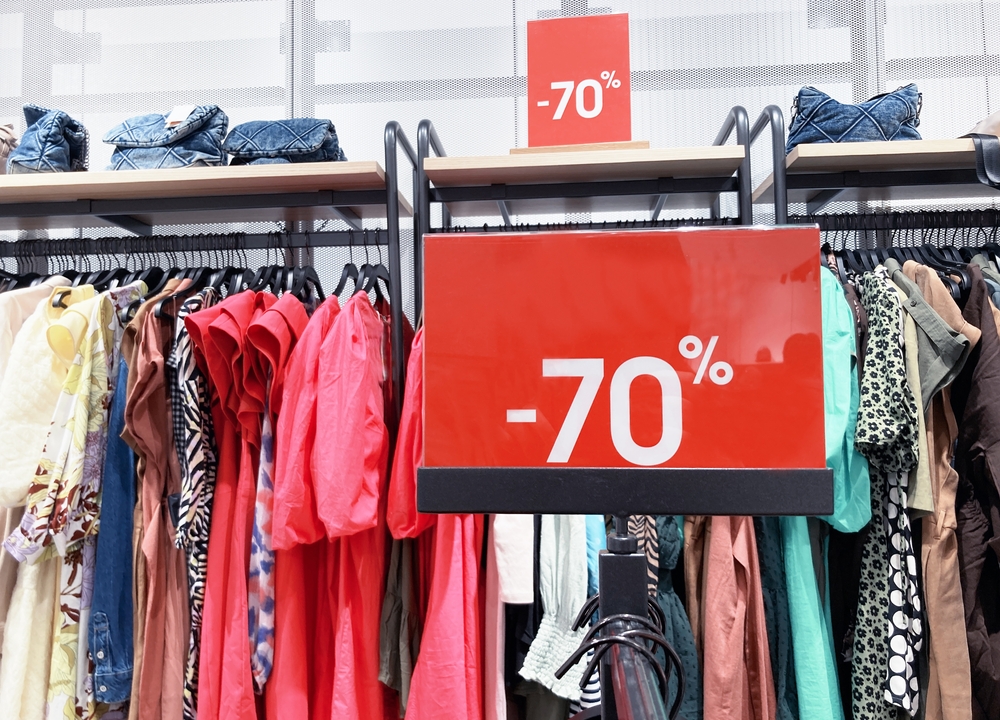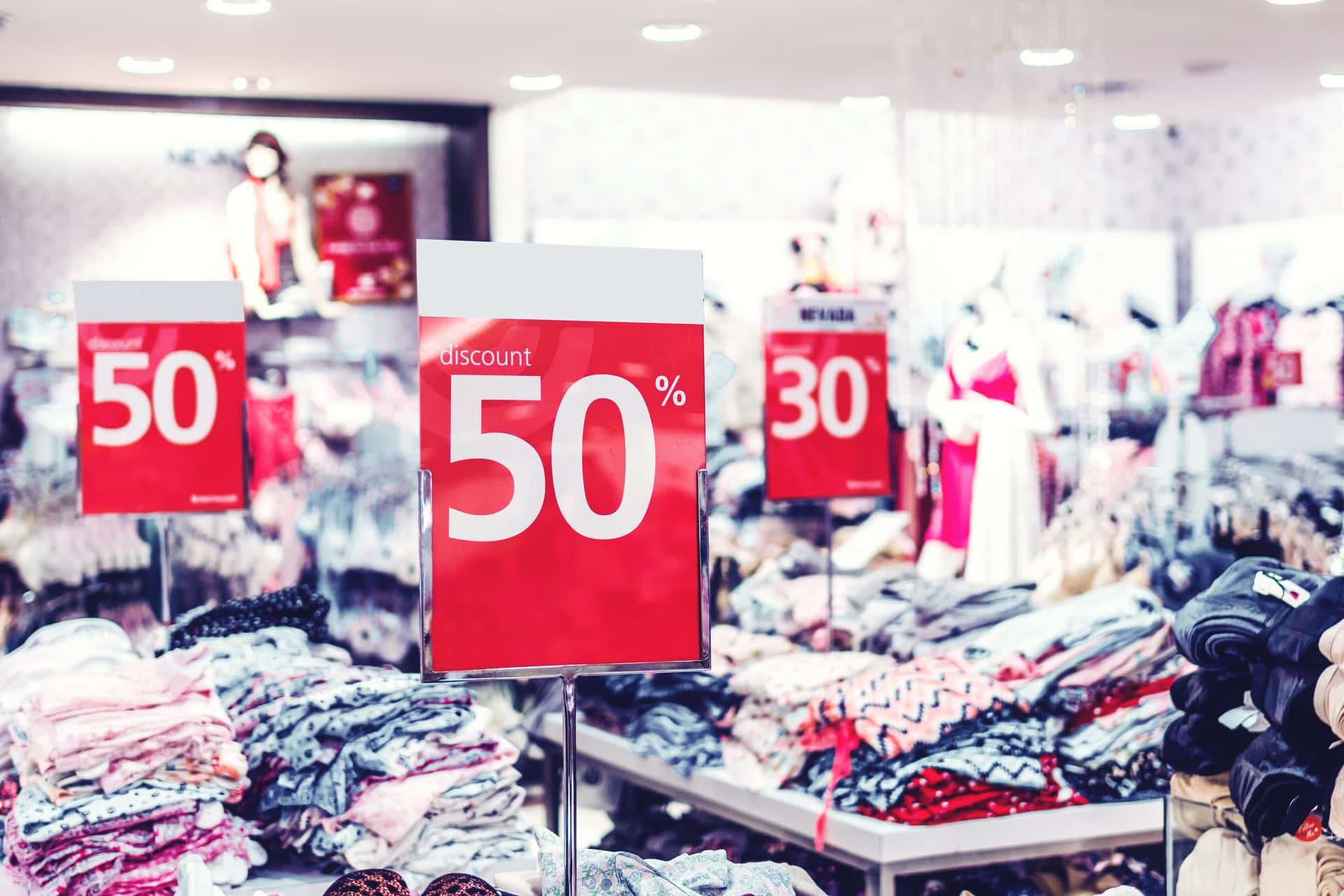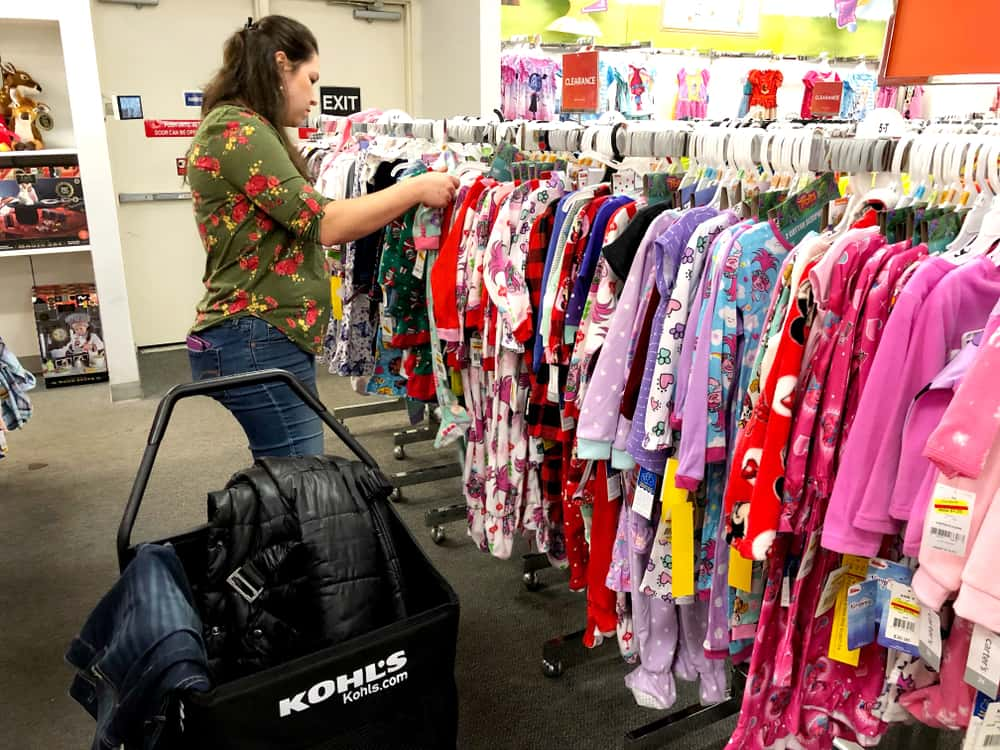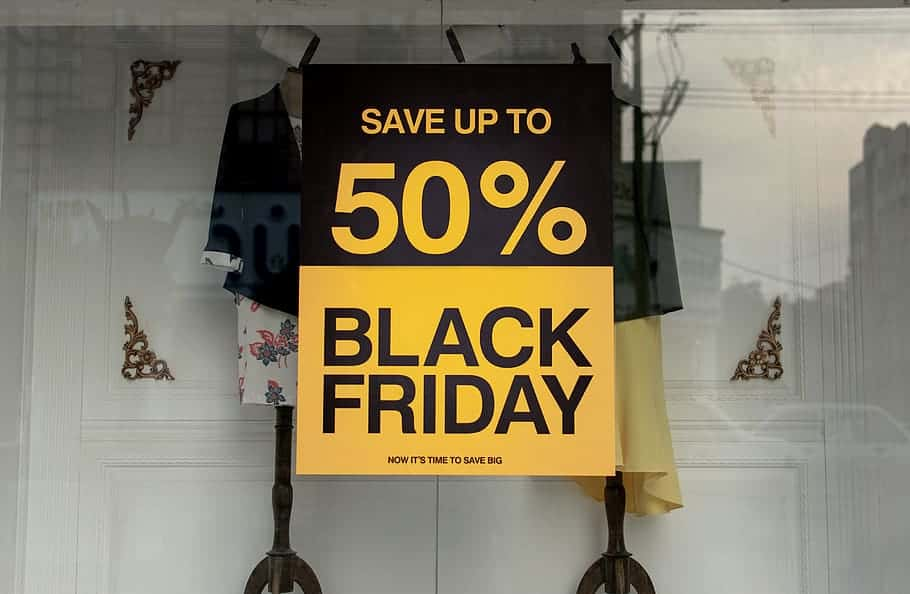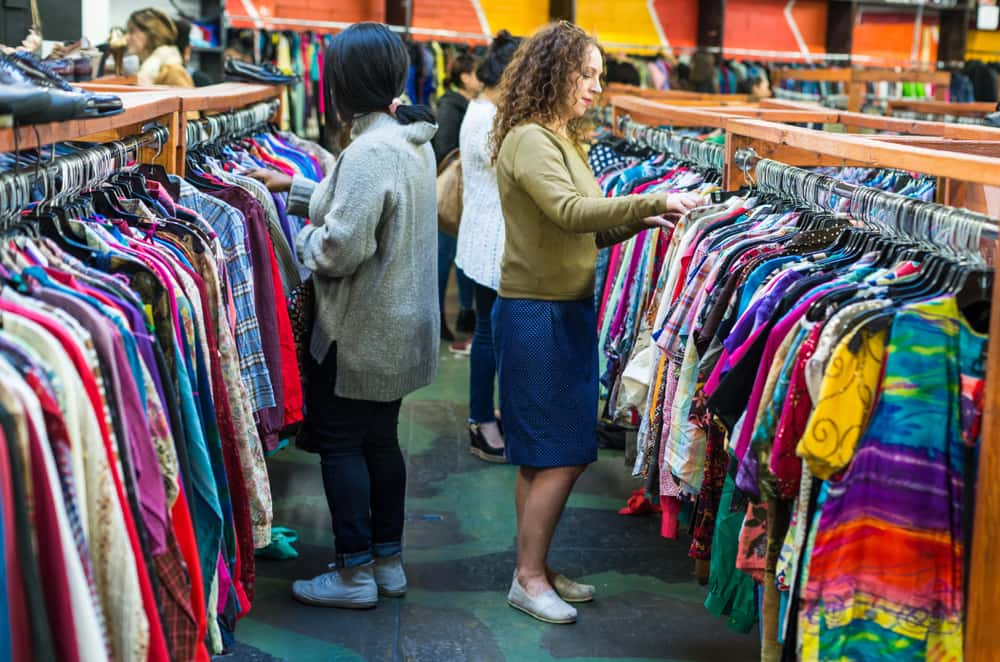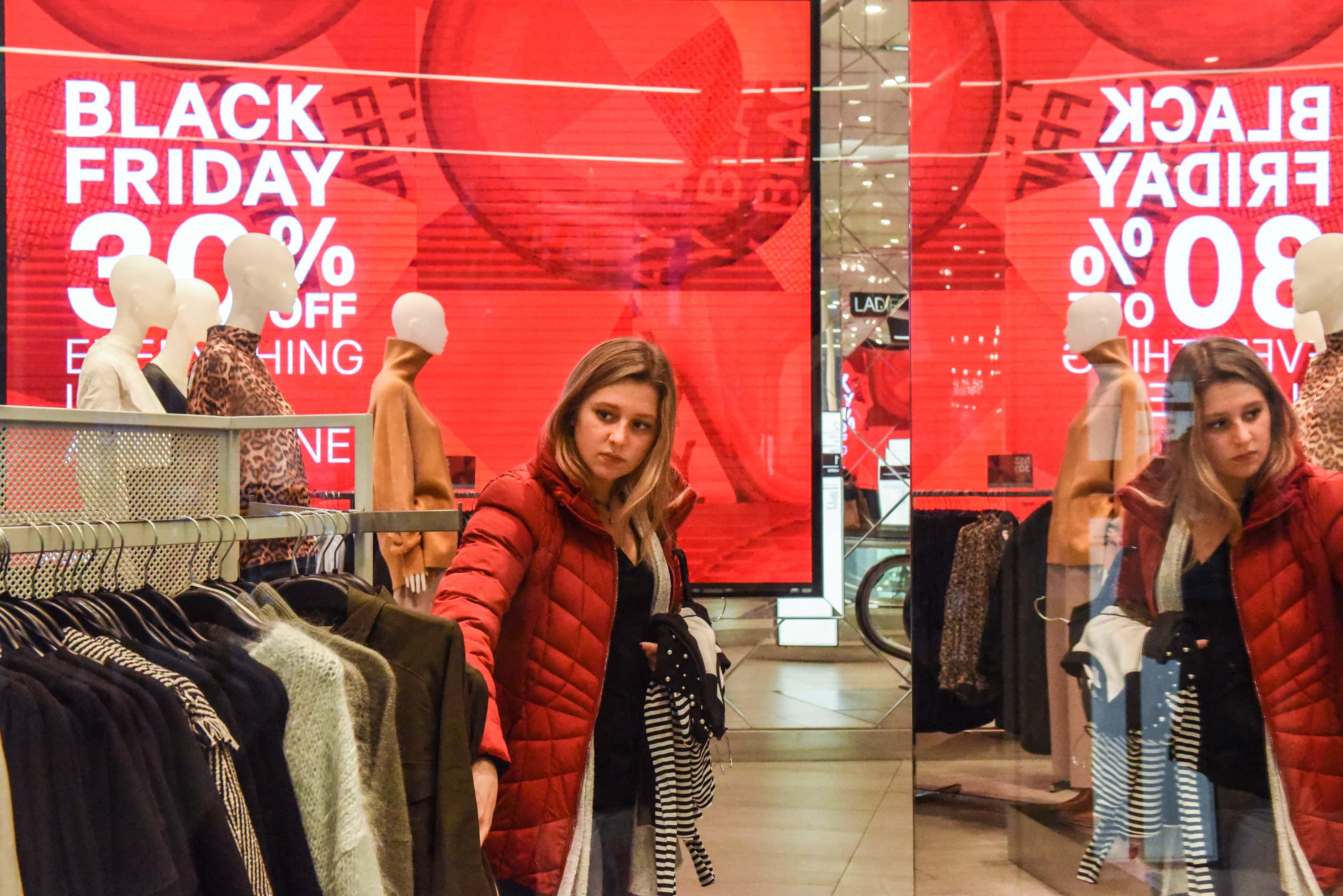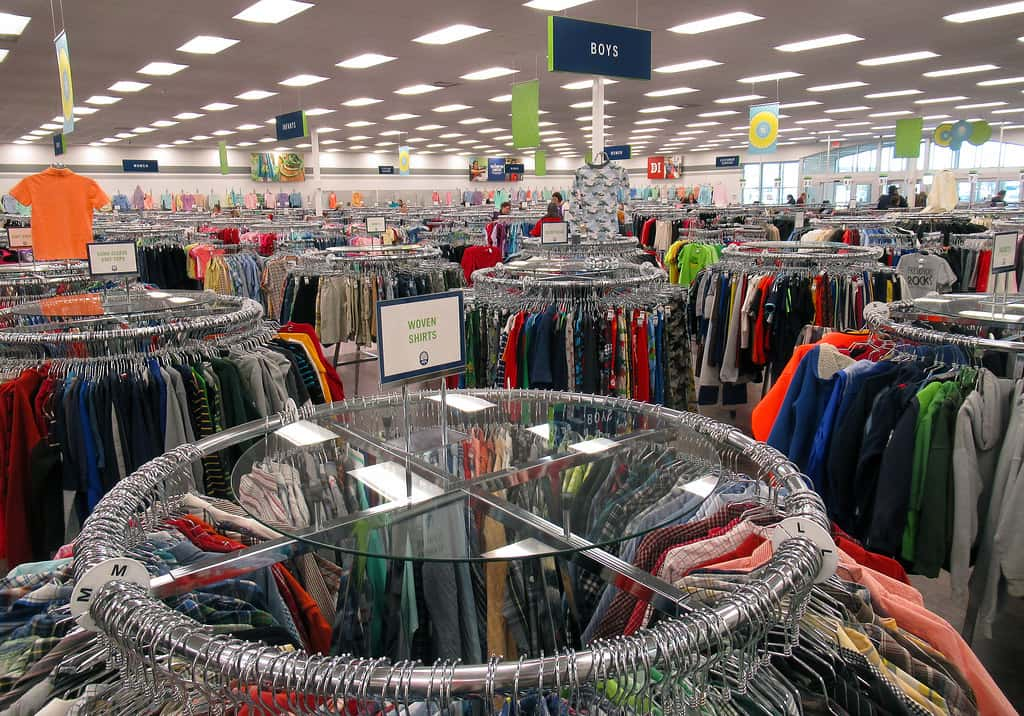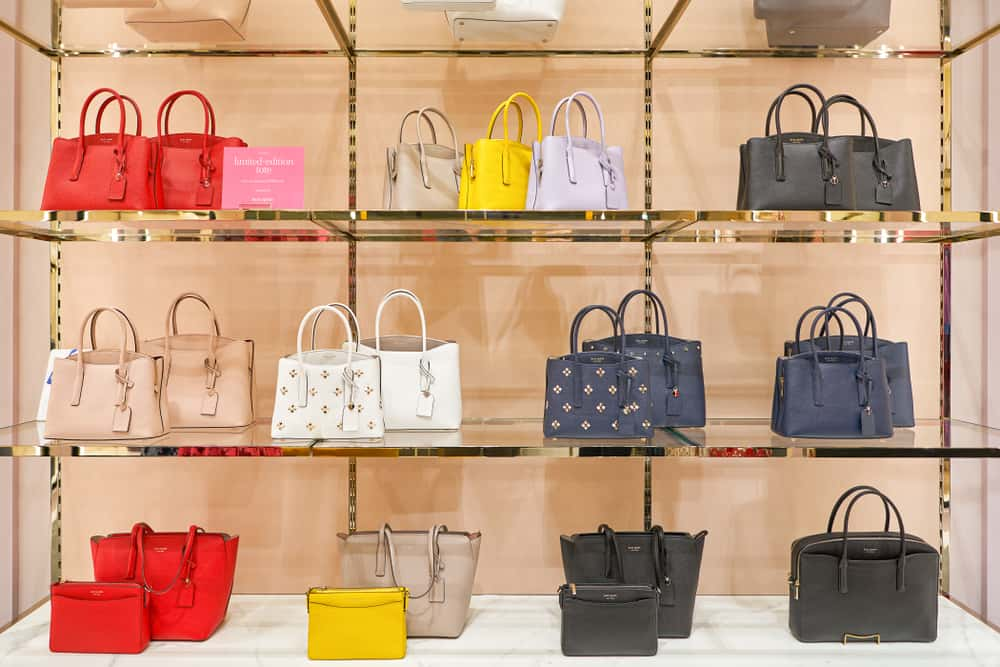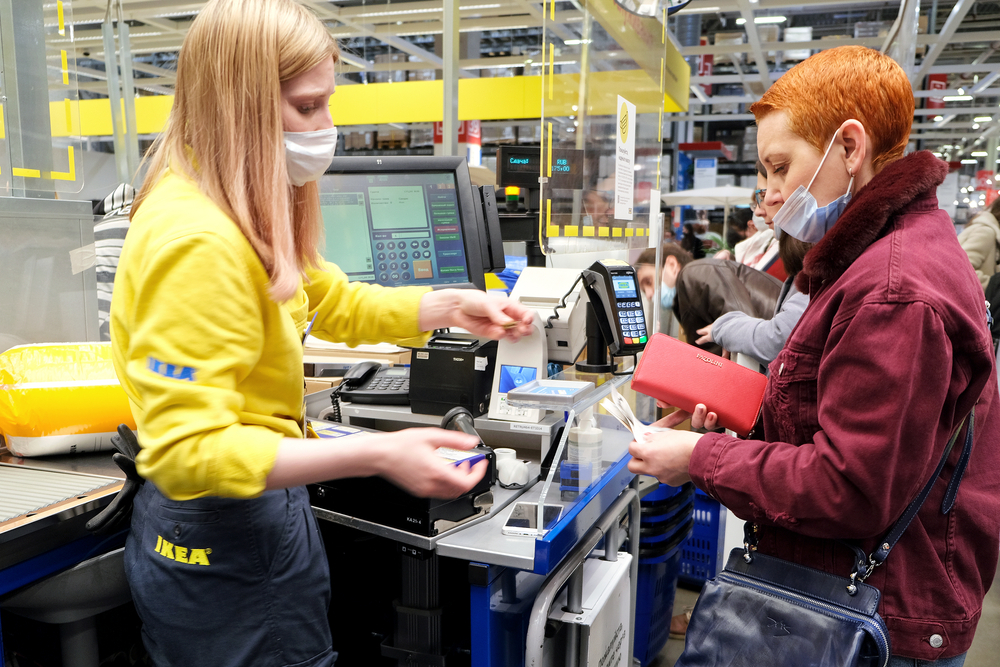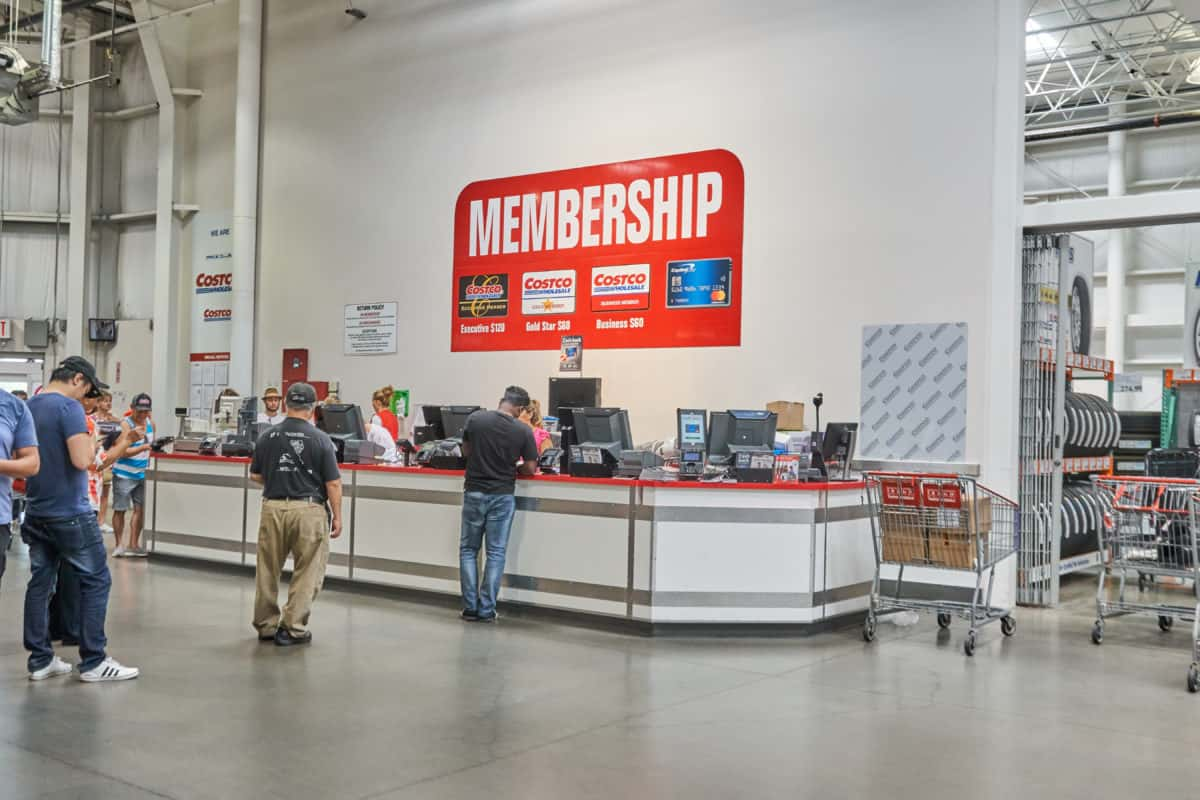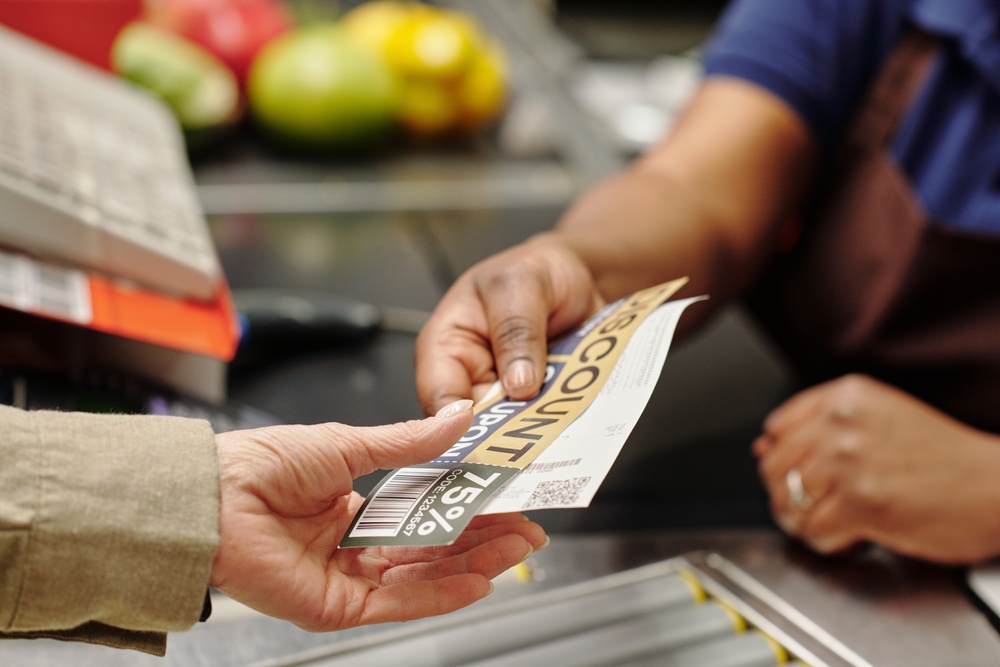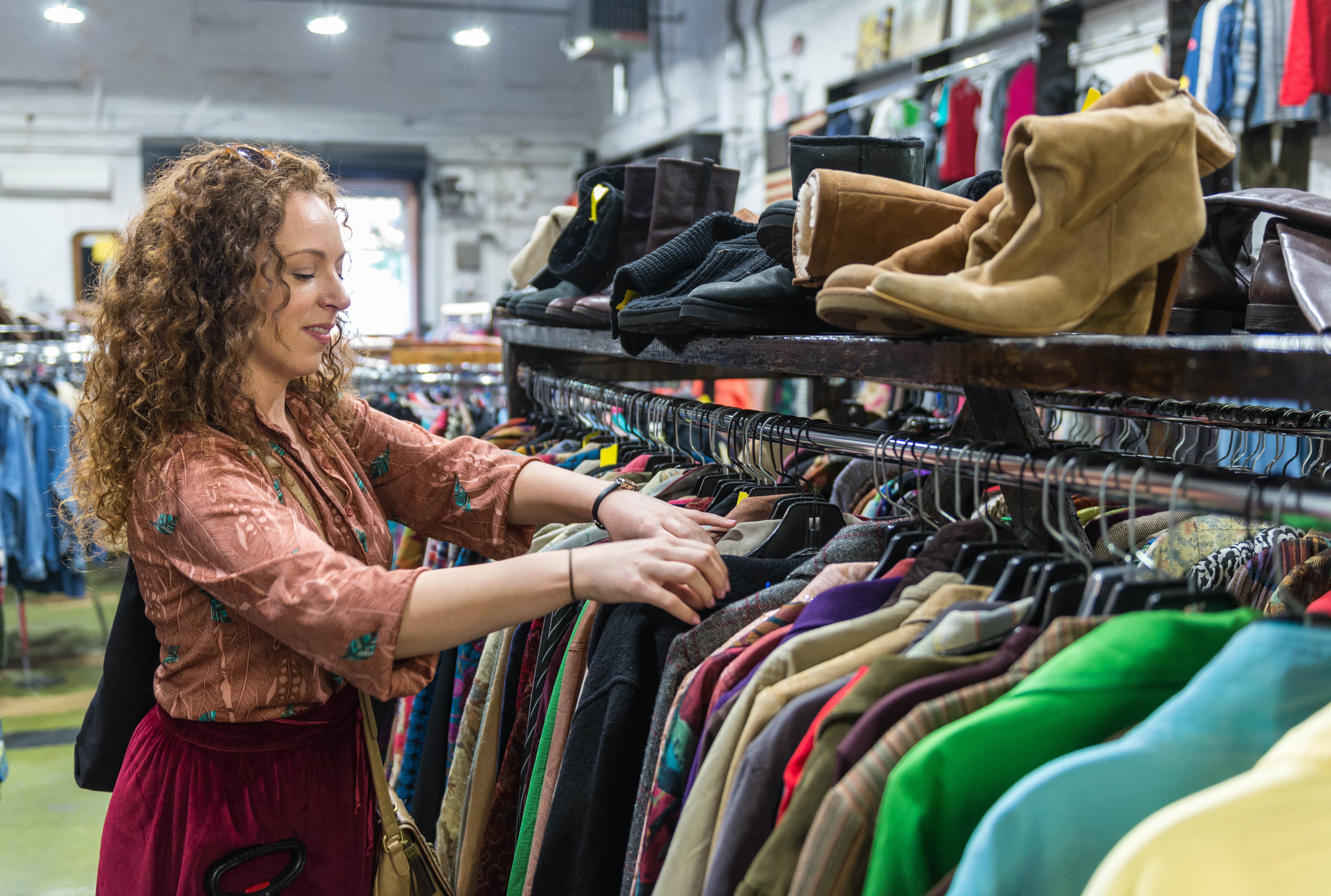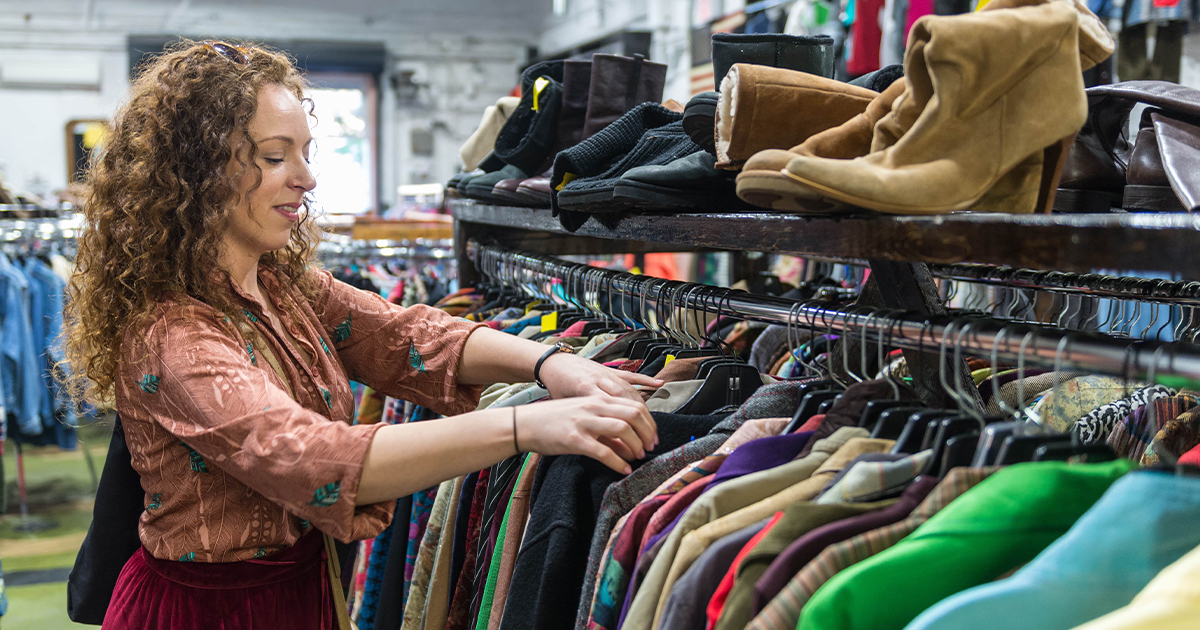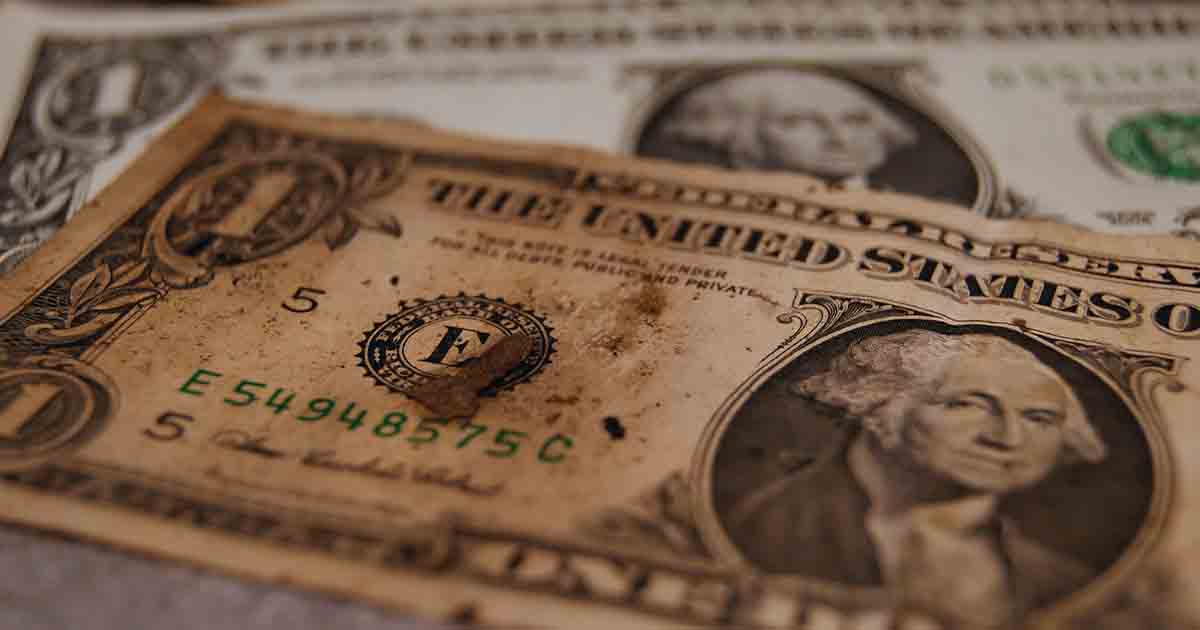We Are The Puppets
Behind every “70% OFF” sign and “exclusive” membership program, retailers are pulling the strings to a puppet show behind the scenes. And we are the puppets. Understanding these 22 eye-opening realities will forever change how you view those tempting thrift sales.

Bargains Can Trick You Into Spending More
Hey, have you ever felt that rush when spotting a killer deal? There’s actual science behind that buzz. Your brain floods with dopamine—the same feel-good chemical you get from eating chocolate or winning at slots. Talk about shopping getting you high, right?
Bargains Can Trick You Into Spending More (Cont.)
Want to know something wild? The average shopper blows more than planned during big sales. Those crafty stores put their “door-busters” right next to tempting full-priced goodies. Before you know it, your cart’s loaded with stuff you never meant to buy.
Retailers Raise Prices Before A Discount
Think you’re getting a deal? Not so fast. Those clever retailers are playing mind games with their pricing algorithms. They’ll jack up prices by 25% weeks before that “amazing sale”—and guess what? Most shoppers never catch on to this sneaky little dance.
Retailers Raise Prices Before A Discount (Cont.)
Picture this: That “must-have” $299 jacket magically drops to $199. Sounds incredible, right? Here’s the kicker: Its actual price was around $225 all along. Retailers are banking on you not doing your homework, and boy, does it work like a charm.
Clearance Racks Are A Strategic Trap
Let’s talk about those irresistible clearance sections tucked away in the back of the store. You know the ones, they’re practically calling your name. But here’s the tea: Stores turn you into a modern-day treasure hunter, making you weave through full-priced temptations.
Clearance Racks Are A Strategic Trap (Cont.)
The truth is that when you are shop hunting for clearance deals, you spend more time in stores choosing the best colors and sizes. The longer you wander, the more likely you’ll grab those “just because” items. It’s like a retail version of a casino where the house always wins.
Cheap Products Can Mean Poor Quality
This one will hurt, but the truth has to come out. You scored those headphones for 80% off? Hold your celebration. Many budget products are precisely manufactured with cheaper materials for sales events. They are pure fiction, darling. They were never meant to sell at that price.
Cheap Products Can Mean Poor Quality (Cont.)
These “bargain” items often last half as long as their regular-priced cousins, and they will have you coming right back after just a few months. Do the math: Replacing that $20 deal twice costs more than buying one quality $30 item. Mind-blowing, right?
Sales Cycles Are Predictable And Repeated
Ready for some insider intel? Those “once-in-a-lifetime” sales happen like clockwork. Winter coats hit rock-bottom prices in February, while TVs get their biggest markdowns right before the Super Bowl. Knowing these patterns is like having a retail crystal ball.
Sales Cycles Are Predictable And Repeated (Cont.)
Savvy shoppers track these cycles like weather patterns. Memorial Day? Mattresses. Black Friday? Electronics. Labor Day? Appliances. The “exclusive” deal you’re eyeing today? Chances are it’ll be back in about 6-8 weeks. Patience pays off, folks.
Some Coupons Make You Spend More
Let’s also spill some tea about those tempting coupons in your inbox. Studies show you’re more likely to buy things you don’t need when armed with a coupon. That $10 off $50 coupon? It’s basically daring you to spend $50.
Some Coupons Make You Spend More (Cont.)
The psychology in play here is genius—stores know you’ll feel guilty letting that coupon expire. So you end up buying that fancy olive oil you’d never normally splurge on just to “save” money. The plot twist here is that you’re actually spending more than you would’ve without the coupon.
Thrift Store Prices Are Not Always A Steal
Gone are the days when thrifting meant dollar deals. Thanks to “thrift-influencers” and vintage trends, many secondhand shops now charge premium prices, sometimes even higher than new item stores. That “vintage” band tee for $25? New ones cost $20 at the mall. Do some homework.
Thrift Store Prices Are Not Always A Steal (Cont.)
The resale market has gotten savvy about brand names and trending items. Some thrift stores even employ fashion experts to spot valuable pieces. Your local Goodwill might be pricing that “old” designer bag higher than its original retail value. It’s sad, but true.
Flash Sales Create Fake Urgency
“Only 2 hours left!” “5 items remaining!” Does any of these sound familiar? If you’ve been to a thrift store’s online shop, these countdown timers and limited stock warnings tap into your FOMO like nothing else. But here’s the shocker: Most of these “urgent” deals return within weeks.
 Gary A Corcoran Arts, Shutterstock
Gary A Corcoran Arts, Shutterstock
Flash Sales Create Fake Urgency (Cont.)
These flash sales trigger your brain’s fight-or-flight response. Your rational decision-making goes out the window, replaced by panic-buying mode. Those shoes you panic-purchased at 3 AM? They’ll probably be on sale again next month.
Outlet Stores Sell Lower-Quality Versions
Do you think you’re getting the same designer goods for less? Think again. A significant percentage of low-quality merchandise finds a home in thrift outlets if they don’t sell elsewhere. That means different fabrics, cheaper buttons, and fewer quality checks than their retail siblings.
Outlet Stores Sell Lower-Quality Versions (Cont.)
If you wonder how you will know, just watch for telltale signs like “Factory Line” or small dots on labels: These mark items never sold in regular stores. While you might save 60% off the retail price, you’re actually buying a different product altogether. Sneaky, right?
Return Policies Can Be Deceptive
“All sales final” might be hiding in tiny print on that incredible deal you think you just bagged. Discount stores often have stricter return windows—sometimes as short as 24 hours. And those outlet purchases? Good luck returning them to the regular store miles away.
 Panchenko Vladimir, Shutterstock
Panchenko Vladimir, Shutterstock
Return Policies Can Be Deceptive (Cont.)
Some retailers even take the time to track your return history, like a shopping credit score. Too many returns could get you flagged in their system. That’s right: Your bargain-hunting habits might come back to haunt you when you least expect it.
Bulk Buying Doesn’t Always Save Money
Bigger is pleasant and attractive; however, it isn’t always better, especially when it comes to bargains. Apparently, bulk-bought perishables might end up in the trash. Those 24 yogurts might seem like a great deal until half of them expire in less time than you can consume.
Bulk Buying Doesn’t Always Save Money (Cont.)
Here is the trick. Do some detective work: That jumbo pack might cost more per unit than smaller sizes. Plus, storing bulk items can hog valuable space. Sometimes, the real savings come from buying exactly what you need when you need it. Keep it simple.
Store Layouts Are Designed To Increase Spending
Have you ever noticed how the brightest displays with the lights are always at the back of the store? That’s no accident. Stores map out every inch to maximize your exposure to tempting impulse buys. They’re literally playing 4D chess with your wallet and your mind.
Store Layouts Are Designed To Increase Spending (Cont.)
The average store might change its layout every 3-4 months to keep you exploring. Those endcap displays are premium real estate, often featuring high-margin items masquerading as deals. You’re not just shopping—you’re moving through a profit maze.
Price Matching Can Be A Hoax
“We’ll match any price!” That sounds great until you read the novel-length exclusions list. Many stores exclude online prices, warehouse clubs, or even slightly different model numbers. It’s like trying to win at three-card Monte.
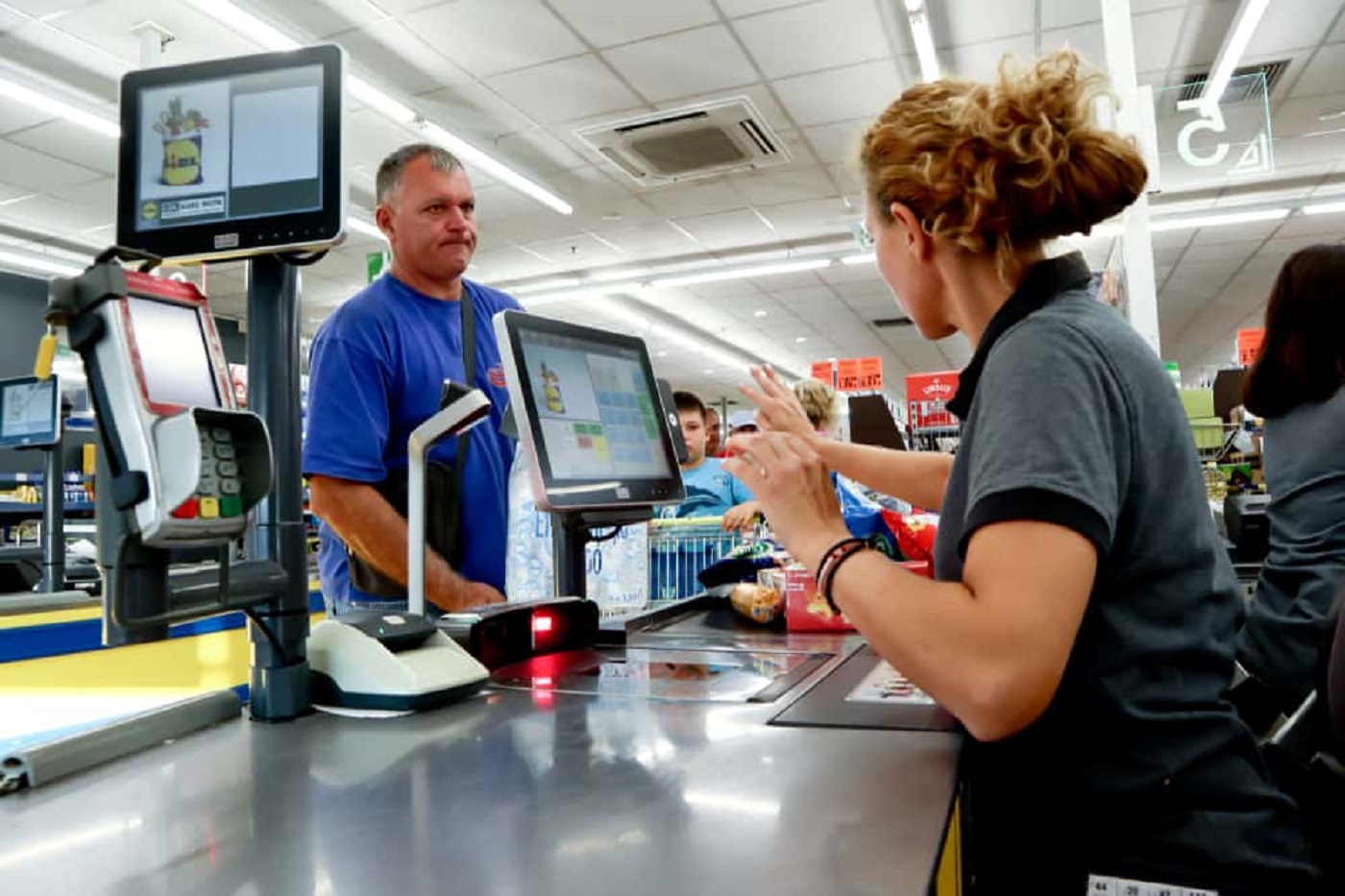 Emilija Miljkovic, Shutterstock
Emilija Miljkovic, Shutterstock
Price Matching Can Be A Hoax (Cont.)
Some retailers even have special arrangements with manufacturers to create unique model numbers just for their stores. That identical-looking TV? It might have a different model number, making price matching impossible. Checkmate, bargain hunters.
Cash-Only Discounts Save Retailers More Than You
That 3% cash discount might seem sweet, but here’s the real deal: Merchants might save up to 5% on credit card fees. They’re pocketing the difference while making you feel like you’re scoring a deal. Plus, you’re missing out on credit card rewards you’d get elsewhere.
Cash-Only Discounts Save Retailers More Than You (Cont.)
Cash payments also typically mean no purchase protection, no extended warranty, and no points or cashback. Sometimes, paying that extra 3% with a credit card actually gives you more value in the long run. Mind = blown.
Expensive Items Are Placed At Eye Level
Shopping is all about perspective—literally! The items the store wants to move fast are arranged immaculately at eye-level shelf space. The better deals are usually hanging out on the bottom shelf or up high, hoping you’ll do a bit of bargain-hunting limbo or stretch.
Expensive Items Are Placed At Eye Level (Cont.)
Next time you’re shopping, try the “squatting technique”—the best values are often found at knee level. All those fancy brands at eye level count on your laziness to keep their prime real estate profitable. So, stretch up and bend down; your back and knees need it. Caftor, Shutterstock
Caftor, Shutterstock
Membership Discounts Can Be A Long-Term Trap
Sure, that $60 annual membership promises to save you hundreds, but let’s crunch some numbers. The average member must spend a substantial amount, amounting to hundreds, just to break even on those “exclusive” discounts. That’s some expensive savings.
Membership Discounts Can Be A Long-Term Trap (Cont.)
These programs bank on your optimism, and the science is that most members don’t shop enough to justify the fee. But once you’re in, that sunk cost fallacy keeps you coming back. It’s like a retail version of Stockholm syndrome.
Secondhand Electronics May Have Hidden Defects
That refurbished phone for 40% off might seem like a steal until you discover its battery health is 70%. That TV screen might also have a dark black line at the top right corner. Many secondhand electronics have been through multiple repair cycles, each one potentially introducing new issues.
Secondhand Electronics May Have Hidden Defects (Cont.)
The real kicker? Most refurbished items come with limited warranties and zero insurance options. One spilled coffee could turn your bargain into a paperweight. Sometimes, you are much better off paying full price for new comes with priceless peace of mind.
Bargain Shopping Can Be Time-Consuming
Let’s also highlight the hidden cost of deal hunting—your precious time. It’s true, and you might even attest to it. When you’re bargain hunting, you spend a lot of time searching for deals. That’s like having a part-time job that pays in discounts. Is it worth it?
Bargain Shopping Can Be Time-Consuming (Cont.)
When you factor in the time spent comparing prices, driving between stores, and hunting down coupons, some “savings” cost more hours than they’re worth. Time is money; sometimes, the best deal is paying full price to get your Sunday afternoon back.
Discounted Food Can Be Near Expiration
Those yellow “clearance” stickers in the grocery store might as well say, “Eat me NOW”. While the savings look tasty, these items might have less peak freshness left, sometimes even less than 48 hours. It’s basically speed-eating turned into a sport.
Discounted Food Can Be Near Expiration (Cont.)
Pro tip: Check if you can freeze these deals for later. Otherwise, you might end up with a fridge full of expired science experiments. Nothing wastes money quite like throwing out food you bought just because it was on sale. Plus, it hurts.
In-Store Brands Can Be Just As Good As Others
This here has to be one of the industry’s best-kept secrets. Many store brands come from the exact same factories as premium labels. That generic cereal you are going for is often made by the same folks who make the fancy stuff, just with different packaging.
In-Store Brands Can Be Just As Good As Others (Cont.)
Blind taste tests show people prefer store brands most of the time over name brands. You’re literally paying extra for fancy, bright packaging and marketing budgets. Most times, the best bargain is hiding in plain sight, with no coupon required.
Overconsumption Lurks Behind Thrift Store Deals
Fast fashion’s breakneck pace means thrift stores now overflow with last season’s impulse buys, tags still attached. Recent studies highlight that some locales, like the New York and New Jersey Goodwill stops, collected over 85.7 million pounds of clothing in 2021.
Overconsumption Lurks Behind Thrift Store Deals (Cont)
What does this mean? It means you have so much to choose from, and it’s easy to fall into the overconsumption trap. Ironically, “sustainable” thrifting might enable more consumption. That $4 shirt seems harmless until you realize your closet holds 12 similar ones.
Perfect Fits Are Like Finding Unicorns
Sizing inconsistencies across decades and brands turn thrift shopping into a mathematical puzzle. That medium from 1995 fits nothing, as today’s medium and vintage sizes might as well be written in hieroglyphics. Welcome to the ultimate try-on marathon.
Perfect Fits Are Like Finding Unicorns (Cont.)
This search will inevitably add to your time spent in the store. Also, you might need extra tailoring of thrifted clothes because you might need alterations for a proper fit. Adding $15-30 for hemming or taking in seams suddenly transforms that $5 moves into a $35 investment.


